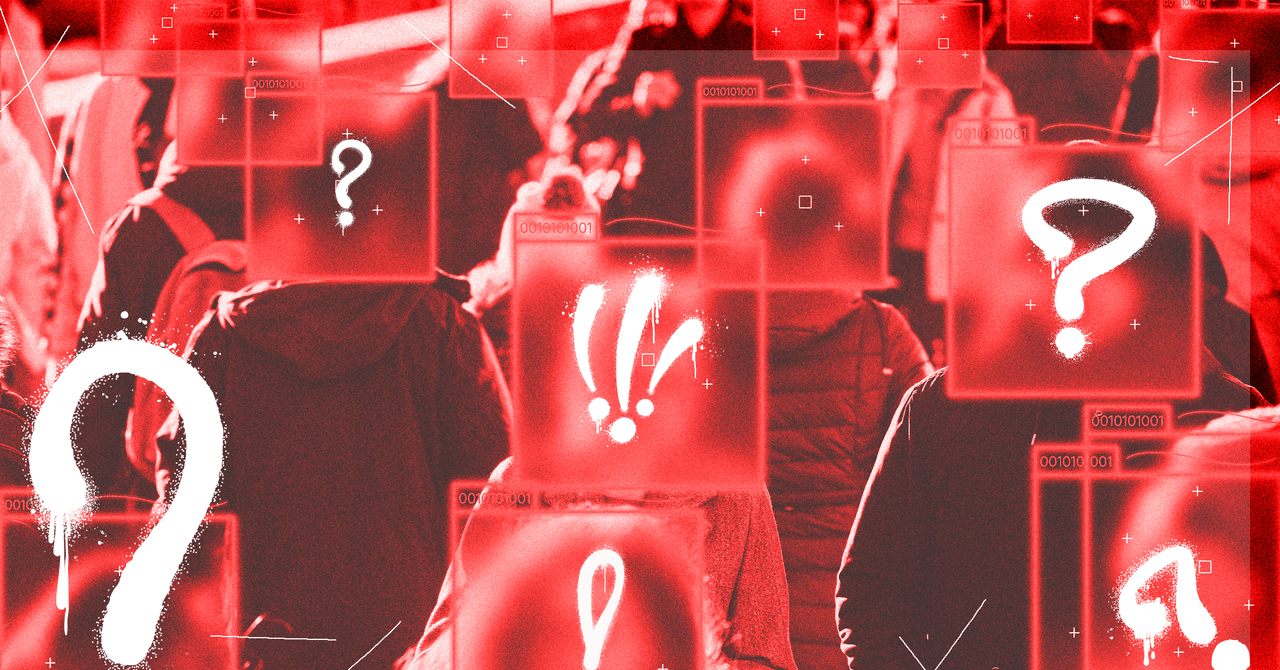Facial Recognition Systems Leave People with Facial Differences Behind

Key Points
- People with facial differences experience repeated rejections from AI facial verification tools.
- Failures occur across government services, credit agencies, and personal identification processes.
- Advocacy group Face Equality International estimates over 100 million affected worldwide.
- Government agencies cite alternative verification options, but users find them hard to locate.
- Calls for better staff training and inclusive technology design are growing.
- The issue reflects broader AI bias concerns affecting multiple demographic groups.
A growing number of individuals with facial differences report repeated failures when using AI‑driven facial verification tools. From DMV photo booths to credit‑score checks and government portals, the technology often cannot match their selfies to official IDs, leaving them locked out of essential services. Advocacy groups such as Face Equality International are urging companies and agencies to provide alternative verification methods and to improve training for staff handling these cases. While some agencies claim to offer fallback options, many users say the process remains stressful and dehumanizing.
Widespread Failures Across Everyday Services
People living with facial differences—ranging from genetic conditions like Freeman‑Sheldon syndrome to distinctive birthmarks—are encountering repeated rejections from facial verification systems. The issues span a variety of contexts, including driver‑license renewals at state motor vehicle offices, credit‑score inquiries at major reporting agencies, and online account creation for the Social Security Administration. In each case, the technology asks users to submit a selfie that must match an existing ID, and the systems often report that the images do not match.
Personal Accounts Highlight the Human Impact
Several individuals described the emotional toll of these failures. One driver’s license applicant in Connecticut was forced to take multiple photos before staff manually overrode the system, leaving her feeling humiliated by a machine that seemed to suggest she did not have a human face. A credit‑score seeker with a prominent facial birthmark tried several lighting setups and still could not complete verification, ultimately never receiving her credit report. Another user with a rare cranio‑facial condition struggled for months to create a Social Security online account, repeatedly receiving messages that her images did not match.
Advocacy Groups Call for Change
Face Equality International (FEI), an umbrella organization representing charities and advocacy groups for people with facial differences, estimates that more than 100 million people worldwide live with such conditions. FEI’s research documents problems at airport passport gates, social‑media filters, video‑call background blurring, and more. The organization’s leadership emphasizes that facial recognition technology is often trained on limited datasets, leading to systematic exclusion of those with atypical facial features.
Industry Responses and Existing Alternatives
Government agencies point to alternative verification pathways. The Social Security Administration notes that it does not operate facial recognition directly but relies on services like Login.gov and ID.me, both of which claim to prioritize accessibility. ID.me states that it has previously assisted individuals with facial differences and offers direct help when contacted. However, users report that the fallback options are not always evident or easy to access, leaving many feeling trapped in “labyrinths of technological systems.”
Calls for Better Training and Protocols
In the Connecticut DMV case, after the applicant’s experience, a state representative engaged with the DMV commissioner and staff training officials. The DMV spokesperson emphasized empathy and adherence to photo guidelines, while the technology provider, Idemia, highlighted its staff‑training programs and strong algorithmic performance in external evaluations. Nonetheless, advocates argue that human staff must have clear protocols for when AI fails, and that companies should prioritize inclusive design over incremental fixes.
The Broader Context of AI Bias
The challenges faced by people with facial differences echo broader concerns about AI bias, especially in systems that have already shown higher error rates for certain racial groups. Experts note that the underrepresentation of diverse facial features in training data predates modern AI, but the technology amplifies these long‑standing inequities. As facial recognition becomes a “digital key” for everyday activities, the lack of inclusive design threatens to marginalize an already vulnerable population.